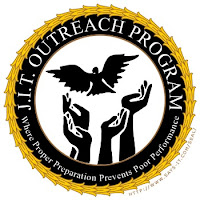Brevard Correctional Institution, Sharpes, Florida
Florida Correctional Institution, Lowell, Florida
Hillsborough Correctional Institution, Riverview, Florida
Indian River Correctional Institution, Vero Beach, Florida
Program Descriptions:
The vast majority of youthful offenders in Florida, age 17 or younger, are participating in the youthful offender program. Exceptions are those youth who have been decertified from the program and transferred to adult correctional facilities. These decertifications are generally for disciplinary reasons. Decertifications have also been made to create space for new admissions to the program. Statutes allow the department to recommend sentence reductions to the court for youth who have completed the program and appear ready for reintegration into society. Several facilities report making recommendations for sentence reductions to the department’s central office, but to date, none of these recommendations have been forwarded to the court.
The department designates specific institutions to house the youthful offender program to insulate participants from the general adult prison population. These youthful offender facilities are further categorized by the typical age of their residents. Facilities are designated for two populations: (1) youth between ages 13 and 18 and (2) youth between ages 19 and 24. In practice, however, both types of youthful offender facilities house significant numbers of offenders of all ages. These facilities house youthful offenders with the full range of custody classifications, which include minimum, medium, and close management classes. Staff at these facilities must undergo a 40-hour training program on managing youthful offenders.

